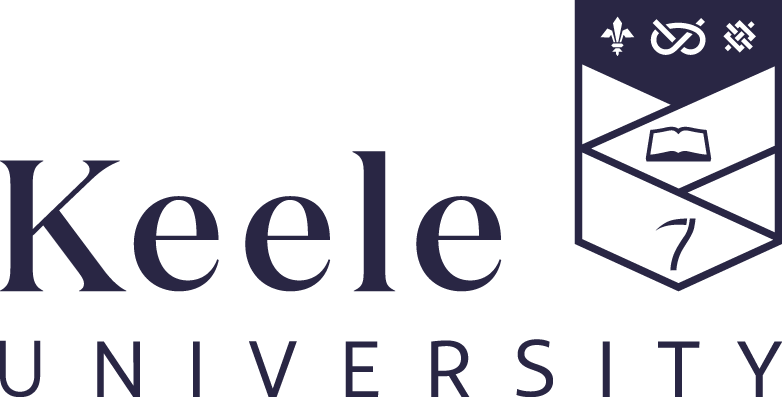
HIS-10026 - Module Specification School of Humanities Faculty of Humanities and Social Sciences
For academic year: 2024/25 Last Updated: 04 March 2025
HIS-10026 - History, Media, Memory: The Presentation of the Past in Contemporary Culture
Coordinator: Shalini Sharma Room: CBB1.060 Tel: +44 1782 7 33206
School Office: 01782 733147
Programme/Approved Electives for 2024/25
Available as a Free Standing Elective
Co-requisites
None
Prerequisites
None
Barred Combinations
None
Description for 2024/25
This module is for anyone who reads historical novels, watches historical films, or visits museums and stately homes. Our understanding of history comes not simply from school or university study but from the versions of the past that are all around us. This module thus focuses on public history exploring the forms, purposes and impact of these broader, popular representations of history. We will explore how visions of the past are central to individual and collective memory, and to the constructions of individual and community identities. Accounts of the past are always constructed and debated, and play a crucial role in most modern political and international conflicts. Weekly lectures will explore these general issues through analysis of the presentation of historical accounts in newspapers, film and television programmes, historical novels, and of the versions of the past displayed in museums, historic buildings and sites, in reenactments (such as the Sealed Knot), through anniversaries and memorials. One detailed case study will focus on the commemorations in 2007 that marked the anniversary of the abolition of the slave trade in Britain. Through this module, students will develop a critical understanding of the various media through which accounts of the past are presented, of the social, cultural and political purposes of these presentations, and of their impact on audiences and participants. They will be able to compare heritage or public history with history as an academic discipline.Introductory readingJerome de Groot, Consuming History: historians and heritage in contemporary popular culture (2nd edition Routledge, 2016) ¿ available as an ebook
To provide students with an understanding of the variety of ways in which versions of the past are presented to different audiences in the contemporary world, and of the range of media through which these versions of history are constructed.To enable students to assess critically the methods, purposes and impact of popular or public representations of the past.To offer students the tools to compare history as a scholarly discipline, with more general or popular understandings of the past.
Intended Learning Outcomes
Identify the variety of ways in which versions of the past are presented to different audiences in contemporary society: 1,2Critically analyse the purposes and impact of presentations of the past in contemporary society: 1,2Understand the political uses of the past in modern societies: 1,2Compare and contrast history as an academic discipline with the broader uses of the past in the contemporary world: 1,2Work as a team to make an oral presentation: 1Write effective, critical prose: 2Understand that versions of the past are constructed and open to debate: 1,2Research independently a range of public history media, events, and locations, using printed material and web-based sources: 1,2
Study hours
24 hours of lectures12 hours of seminars20 hours preparation of group presentation50 hours preparation of commentaries44 hours seminar preparation
School Rules
None
Description of Module Assessment